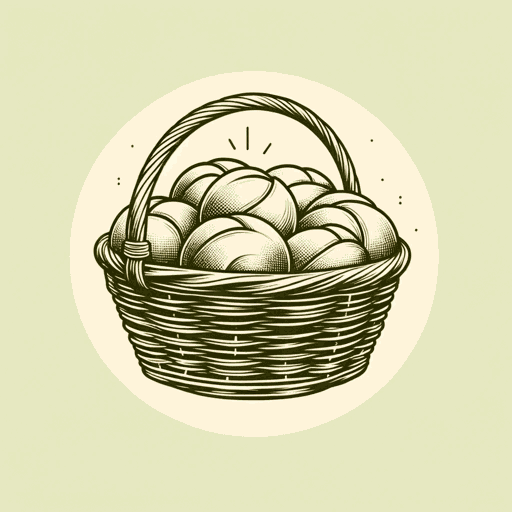55 pages • 1 hour read
Johanna SpyriHeidi
Fiction | Novel | Middle Grade | Published in 1881A modern alternative to SparkNotes and CliffsNotes, SuperSummary offers high-quality Study Guides with detailed chapter summaries and analysis of major themes, characters, and more.
Themes
The Romanticism of Nature and Its Power to Heal and Restore
Romanticism is a literary, artistic, and cultural movement of the 19th century that came as a response to the Industrial Revolution and the ensuing movement of people from the country to the cities. Romantic art and literature emphasize the importance of the individual and elevate nature as a source of comfort, inspiration, and spiritual renewal, proposing that the natural world provides a place for humans to return to the innocence of childhood.
In her novel Heidi, Johanna Spyri creates a strong sense of place with vivid descriptions of the majestic mountains, verdant green pastures, and towering trees that mark the sylvan Alpine landscape. The vistas inspire awe and reverence in Heidi from the moment she arrives, and she comes to call the mountains, trees, and pastures home, just as much as the hut she shares with Grandfather. Through Heidi’s mystical connection to her pastoral home and its healing powers on all who experience it, Spyri draws a sharp contrast in city life and asserts the vitalness of living in close connection to nature for both physical and spiritual health.
Featured Collections
7th-8th Grade Historical Fiction
View Collection
Appearance Versus Reality
View Collection
Books & Literature
View Collection
Childhood & Youth
View Collection
Children's & Teen Books Made into Movies
View Collection
Earth Day
View Collection
Family
View Collection
Friendship
View Collection
Grief
View Collection
Juvenile Literature
View Collection
Romanticism / Romantic Period
View Collection
School Book List Titles
View Collection
TV Shows Based on Books
View Collection
Valentine's Day Reads: The Theme of Love
View Collection

